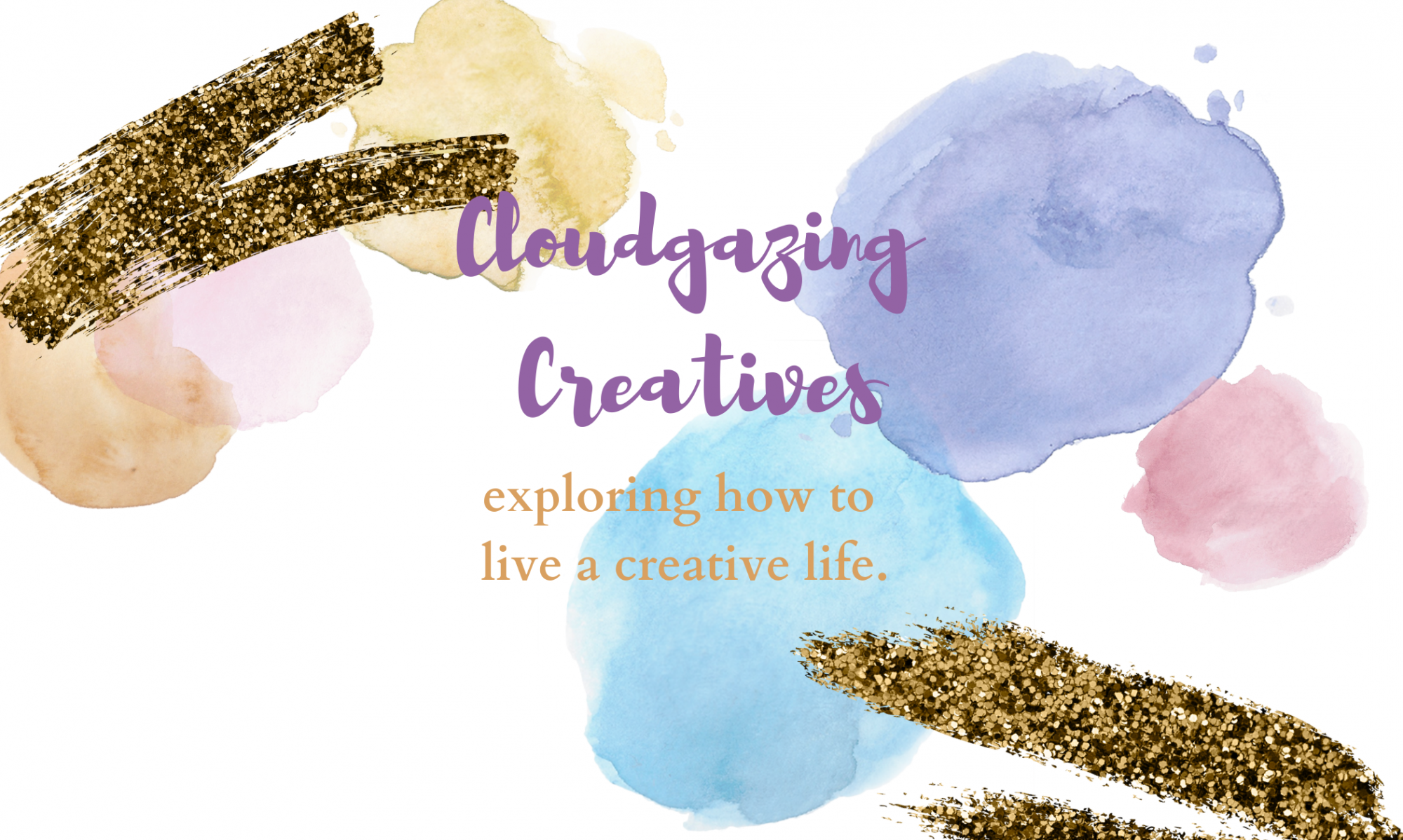Jess tells us how she integrates Nature into her creative living in a city:
Living in the heart of a large city, I often have to work at making time to interact and explore nature. I grew up in the countryside, think fields and valleys with forests and streams all around, so as a child it was easy, just walk out the door and you were immediately squishing your fingers in the mud and smelling the fragrance of the garden.
I think every urban area has nature to be found, though, even if it does take a little more looking. And interacting with nature is such an important part of creative life that it’s definitely worth the extra effort.

Luckily, my day job is already pretty connected with nature. I’m a florist and own a flower shop, so I get to touch and smell beautiful blooms pretty much daily, and am often to be found with my fingers in soil planting things, all of which I know help keep my brain making new creative connections.
Outside of work, because I’m mostly surrounded by buildings, getting myself deeply surrounded by nature means going for walks to the city waterfront where I often will sit and watch the water as it ripples in the bay, listening to the ducks and gulls. I’m not lucky enough to have a city allotment, but I’ll often ride my bike to them and spend time peering over the fences taking in the mad mess of vegetables and flowers spilling over the plots, all framed within the grid of the city. I’m also obsessed with finding bits of nature that manage to sprout and even flourish deep within the concrete structures, stopping to snap photos of wildflowers bursting out of a sidewalk crack or a bus shelter taken over by vines. These images and this feeling of juxtaposition of nature and city and the tension of that, all seep into things I create. My daily sketch book is filled with colourful scribbles of neon city-scapes that have oversized birds and trees interspersed or crazy spliced human/animals.


When you think of exploring nature, you probably first think of it on a larger scale- hiking a mountain for example, but when you are in a city, sometimes you need to think on a micro scale! Even in the most urban environment, I guarantee you can find moss and lichen, whether on aged buildings or wooden electricity poles or on trees and rocks in a city parkland. Get down close and really look at these little mini ecosystems. It’s really amazing, the structures and colours of these tiny pieces of nature, and taking time to notice everything about them sets off all kinds of creativity in my brain- the texture, the shapes, the crazy colour combinations, how on earth they can grow where they do.

Also important to the conversation is the concept that exploring and experiencing nature isn’t about seeing something and then drawing it, the effect is deeper and further reaching than that. Immersing myself in the trees or lying on the grass in a city park, sitting by the water, all these things give my brain stimulation of senses that are helping it build new pathways that in turn help me solve problems and come up with new ideas. These are things that happen rather easier when we are kids, because rolling in the grass or climbing a tree is to be expected, as a grownup I have to really focus and practice the habit of touching, smelling, seeing and hearing with no “goal” or direct reason other than to experience.






